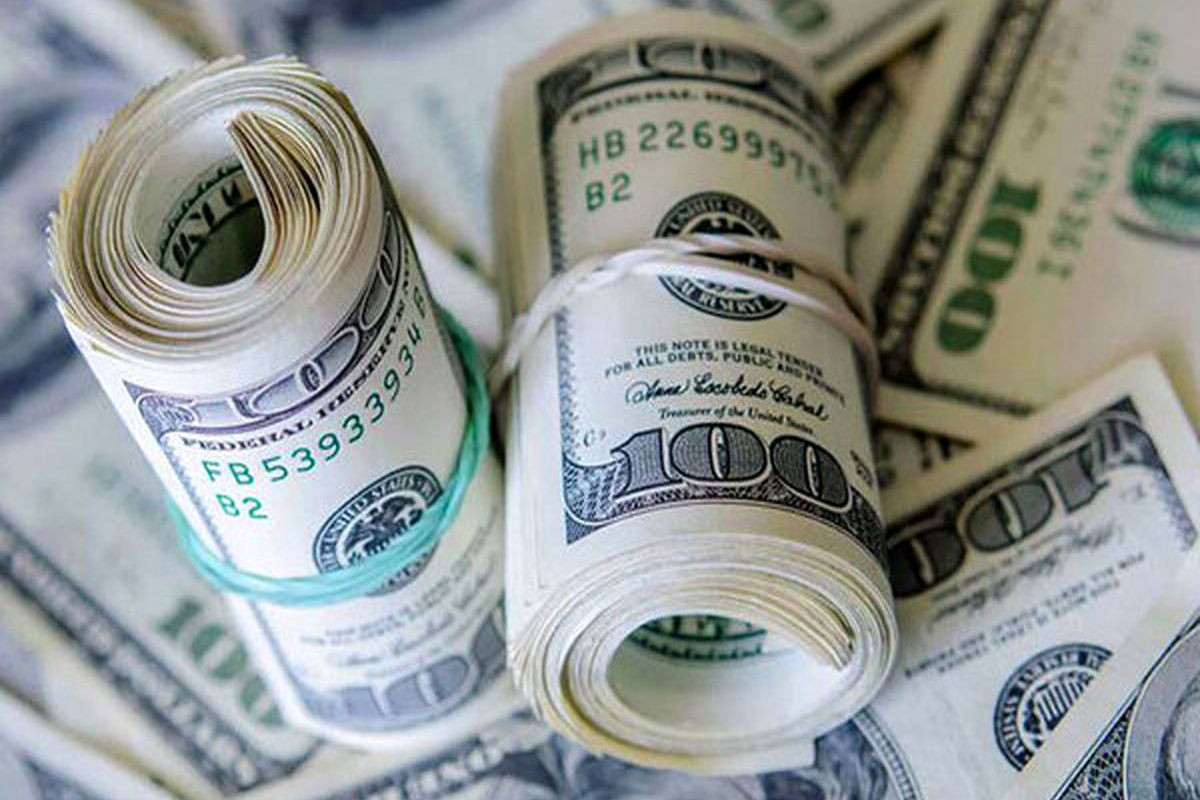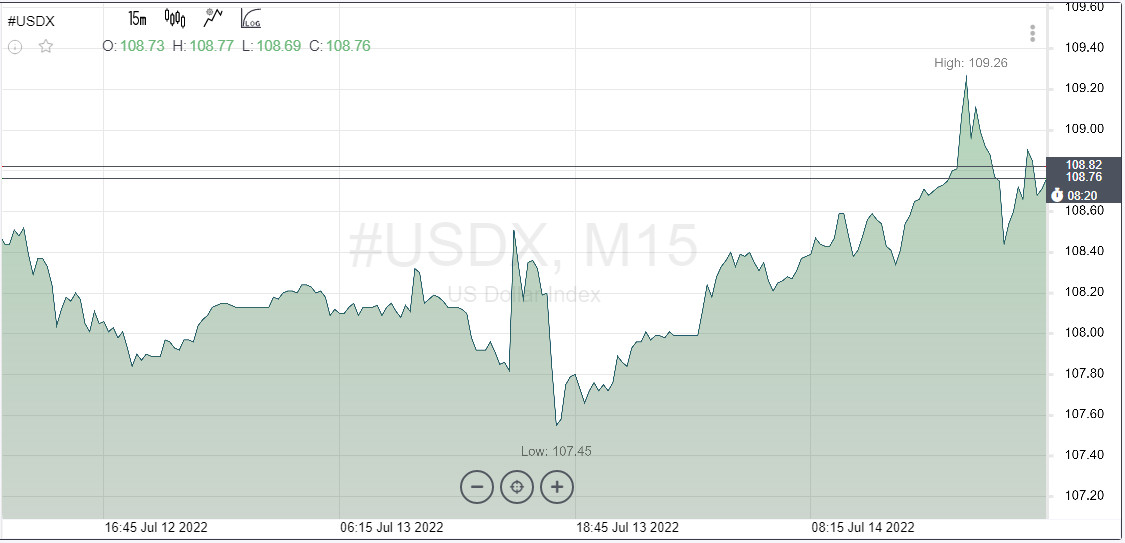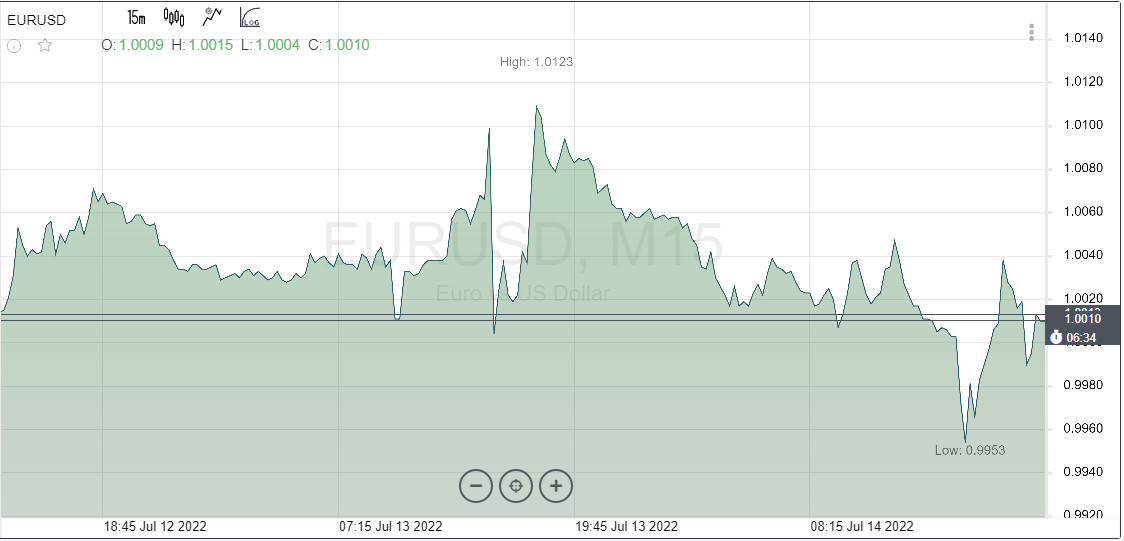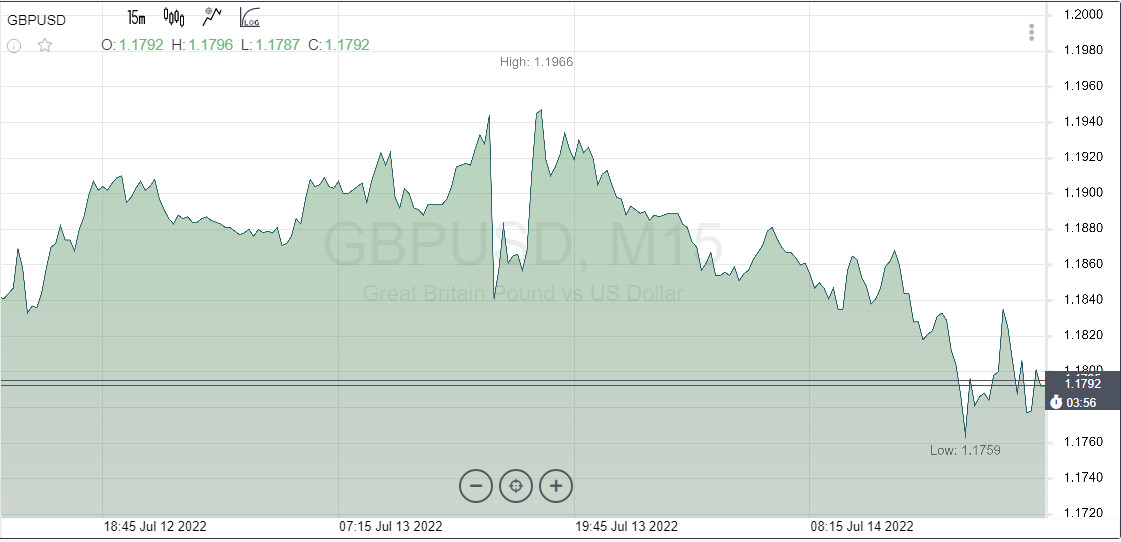
An increase in the rate by 100 bps is on the agenda, the dollar's target is 111, according to the index. The Federal Reserve is preparing monetary horses, and investors are raising rates. What will this lead to, which of the world's central banks will drive the economy into recession faster?
New data on price growth in the United States caused a flurry of emotions and statements from senior Fed officials, who hinted to the markets what to expect from the central bank at the July meeting.
In short, the members of the central bank will consider different political options. The data of the next two weeks will show how much the central bank will raise the rate. The basic scenario remains an increase of 75 bps. The idea of 100 bps is also not rejected, on the contrary, it is becoming more and more real.
Opinions of Fed Members
As Fed official Christopher Waller noted on Thursday, it will be necessary to look at retail sales on Friday. A good level of consumer activity strength will give the green light for further tightening of monetary policy.
"If the incoming data over the next two weeks shows that demand is still high, I would be inclined to raise the rate," the official added.
The head of the Fed Bank of Atlanta, Rafael Bostic, expressed his concern about inflation, calling the new figures "ugly."
When asked if it is possible to increase rates by a whole percentage point, he replied that in this situation everything is possible.
The president of the Fed Bank of San Francisco, Mary Daly, told the New York Times that she fully supports raising the rate by 75 bps, but, given the new inflation figures, 100 bps is on the agenda. A similar opinion is held by the head of the Fed Bank of Cleveland, Loretta Mester, who told Bloomberg that "she is not ready to exclude an increase in the rate by 100 bp".
The president of the Fed Bank of Richmond, Tom Barkin, is confident that inflation should occupy all of the Fed's attention and he wants to see positive real rates in the next few years.
The markets received even more hawkish comments from the US central bank and, consequently, began to revise forecasts, laying expectations for a sharper rate hike by 100 bps this month.
Fed Fears
Of concern is the fact that the core consumer price index – the part of the inflation bucket that excludes fuel – is rising well above the target level. This problem, according to economists, is within the competence of the Fed.
The Fed should show itself in action and fully armed in the near future, so market players are now laying down an aggressive step. The probability of a rate hike by one percentage point at the meeting in two weeks is currently estimated at 78%.
This means that the base scenario is an increase of 100 bps, not 75 bps, which senior Fed officials are uncertain about.
Now that a strong NFP report has been received and an unexpected result on the consumer price index in contrast, there is every reason to raise the Fed rate by 100 bps, according to strategists in North America at CIBC Capital.
An expensive dollar will become even more expensive.

The dollar index overcame the peak of December 2002 at 108.70. In the short term, the dollar expects a further increase. After confidently overcoming the high of 2022, the indicator will try to settle above the value of 109.00. Today, bulls have already touched this level. Then the course will be laid to the top of September 2002 at 109.77.
Westpac believes that the breakthrough of the 108 level has already opened the way to the 111 mark.
The dollar's main competitors are in distress, especially the single currency. Euro bulls refused to protect parity on Thursday, and the EUR/USD pair plunged below this important milestone. It was not possible to protect the border, but there are still attempts.

The European Central Bank has yet to raise the rate for the first time since 2011. At the moment, according to Reuters, the prices include the total amount of tightening by September at the level of 95 bps compared to 84 bps on Monday.
This is practically an empty sound for the drowned euro. The bank still lags far behind other central banks in terms of tightening rates. The Bank of Canada, recall, raised the rate by 100 bps on Wednesday, demonstrating the urgent need to combat inflation.
The pound is still somehow kept afloat. Bears have returned to the market, favorable economic data had a short-term effect.
The GBP/USD pair has gone below 1.1800, and this is another call. Scotiabank sees a significant risk of the quote falling to the area of 1.1500.

The Bank of England was one of the first to raise the rate and now continues to signal further policy tightening. Extremely high American inflation forced the officials of the British regulator to speak out about their further actions.
The deputy head of the Bank of England, Dave Ramsden, said on Thursday that rates will most likely have to be raised further. Futures on British government bonds briefly fell to a daily low on his comments. Note that in the past he was a hawk in the central bank.
Investors on Thursday estimated the probability that the BoE will announce a 50bp rate hike at the next meeting, at about 83%.
The BoE has raised rates five times since December. Annual inflation, which reached 9.1% in May, will peak at the end of this year and will be about 11%, Ramsden said.
 English
English 
 Русский
Русский Bahasa Indonesia
Bahasa Indonesia Bahasa Malay
Bahasa Malay ไทย
ไทย Español
Español Deutsch
Deutsch Български
Български Français
Français Tiếng Việt
Tiếng Việt 中文
中文 বাংলা
বাংলা हिन्दी
हिन्दी Čeština
Čeština Українська
Українська Română
Română

